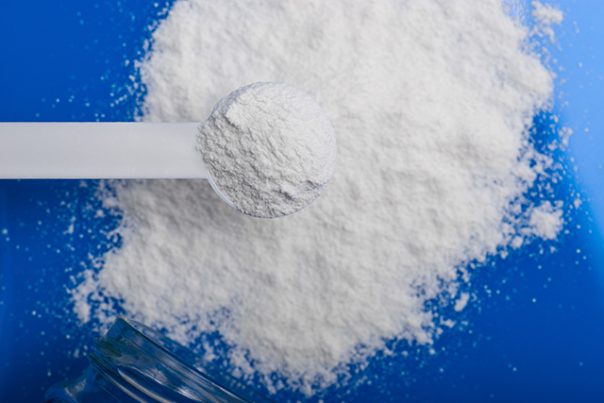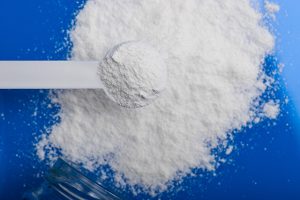
Ammonium hydroxide sources, health risks
Thursday, October 05, 2017 by Jhoanna Robinson
http://www.naturalpedia.com/ammonium-hydroxide-sources-health-risks.html

Ammonium hydroxide, which comes about when ammonia interacts with water molecules in solution, is the hydroxy salt of ammonium ion. It is an alkali compound alongside calcium hydroxide and sodium hydroxide. It is a colorless yet extremely pungent aqueous solution that contains around 30 percent of ammonia and emits nitroxide when decomposed.
Its most usual sources include plastics, cleansing agents, dyes, explosives, fertilizers, fibers, and resins. Ammonium hydroxide should be stored in cool, well-ventilated areas and should be kept away from acids; combustibles such as paper, oil, or wood; and heavy metals.
Ammonium hydroxide vapors are known for their direct negative effect on the eyes and mucous membranes. In case of accidental exposure to the eyes and skin, it is important to wash the affected area as soon as possible with soap and water for around 15 minutes and get rid of contaminated shoes and clothes to lessen the chemical’s negative effects. In case of inhalation, consider subjecting oneself to a chest examination to eliminate the possibilities of chronic lung infections.
Ammonium hydroxide excretion usually goes by the way of the kidneys but can also be done via the sweat glands. The United States Food and Drug Administration (FDA) classifies ammonium hydroxide as generally safe when added directly to human food.
According to the Occupational Safety and Health Administration (OSHA), the legal airborne permissible exposure limit (PEL) to ammonia hydroxide is 50 parts-per million (ppm) averaged over an eight-hour workshift, while the National Institute for Occupational Safety and Health (NIOSH) says the recommended airborne exposure limit (REL) is 25 ppm averaged over a 10-hour workshift.

Harmful effects that can be caused by ammonium hydroxide
Ammonium hydroxide is said to cause great harm to the eyes and the mucous membranes. It can also negatively impact aquatic life.
Body systems harmed by ammonium hydroxide
Ammonium hydroxide is bad for the respiratory system. It can cause irritation to the lungs, in turn causing coughing and shortness of breath. Being exposed to the chemical for a longer time can result in pulmonary edema (fluid buildup in the lungs), laryngeal edema, respiratory tract inflammation, and pneumonia.
Ammonium hydroxide is bad for the digestive system. It causes abdominal cramps and corrosive esophagitis and gastritis.
Where to learn more
- Warning: 12 American Foods That Are Banned In Other Countries
- 10 Shocking facts about McDonald’s that will make your cringe
- Weapons of Mass Destruction: Where They Really Are
- Are School Lunches Safe?
- Ammonium hydroxide, health effects of “pink slime”
Summary
Ammonium hydroxide’s most usual sources include plastics, cleansing agents, dyes, explosives, fertilizers, fibers, and resins.
Ammonium hydroxide vapors are known for their direct negative effect on eyes and mucous membranes.
Ammonium hydroxide excretion usually goes by the way of the kidneys but can also be done via the sweat glands.
Sources include:
Tagged Under: Tags: ammonium hydroxide





